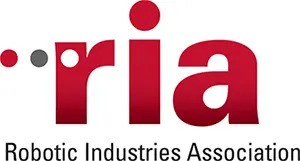Robotics — Application services provided by service robots — Safety management systems requirements
This document specifies the requirements of safety management systems for application services provided by service robots (application service safety management system (hereafter AsSMS)) that an application service provider can use for the safety of its users and its third parties when it provides application service in unstructured human spaces with trained and untrained persons. (e.g., giving directions for visitors in airport or shopping mall, carrying goods to patients in hospital, delivering food to customers in restaurant.)This document is applicable to any organization that wishes toa) improve safety performance of application services provided by service robots,b) establish, implement, maintain and improve safety management systems for application services provided by service robots,c) assure itself of conformity with its stated application service safety policy, andd) demonstrate conformity with this document.The requirements of this document can be conformed to by integrating safety management systems for application services provided by service robots into, or making it compatible with, other management system or processes within the organization.The requirements of this document can be conformed to by multiple organizations without omission depending on what shall be done as an organization and a safety management.Although intended for application services provided by service robots, this standard can also be applied for services using robots other than service robots.This document is not intended to be used as a product safety standard.NOTE The safety management systems for application services provided by service robots established in accordance with the requirements of this document may not apply directly when service robots to be used, robot systems, contents of service, places of operation, users or so differ.

ISO/DIS 31101
https://www.iso.org/standard/80886.html


